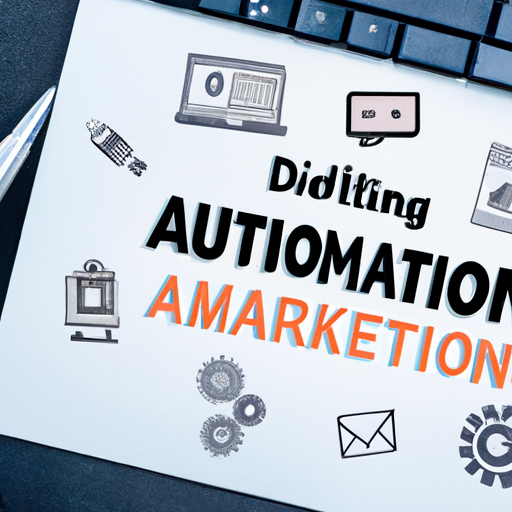Introduction To Digital Marketing Automation
Digital marketing automation is transforming how businesses operate in the world of marketing and digital marketing.
Imagine having the power to automate repetitive tasks and streamline your workflows efficiently.
This concept isn’t just a buzzword; it’s a game-changer.
In this blog post, we’ll dive deep into what digital marketing automation is, its benefits, and how you can leverage it to boost your business.
Let’s get started!
What Is Digital Marketing Automation?
Marketing automation refers to the use of software tools to automate repetitive tasks in marketing processes.
These tasks can range from email marketing campaigns to social media posts, customer segmentation, and even analytics.
By automating these processes, companies can improve their efficiency, reduce human error, and focus more on strategic activities.
Think of it as having an extra pair of hands that handle all the mundane tasks so you can focus on the bigger picture.
For instance, if you’re a SEO specialist, automating your keyword research or analytics reporting can give you more time to optimize websites effectively.
The Benefits Of Digital Marketing Automation
The advantages of digital marketing automation are vast.
Here are some key benefits:
1. Time-Saving: Automation takes care of repetitive tasks like sending emails or posting on social media.
This frees up your time for more strategic initiatives.
2. Consistency: With automated workflows, your messaging remains consistent across all channels.
This ensures a unified brand voice that resonates with your audience.
3. Enhanced Customer Segmentation: Sophisticated tools allow you to segment your audience based on various criteria like behavior, preferences, or purchase history.
This leads to more personalized and effective campaigns.
4. Improved Analytics: Most automation tools come with built-in analytics features that provide insights into campaign performance.
This helps in making data-driven decisions swiftly.
Real-Life Examples Of Digital Marketing Automation
To understand digital marketing automation, let’s explore some real-life examples:
Case Study 1: E-commerce Store
An e-commerce store aimed at improving its customer retention rates.
Using a digital marketing automation tool, they set up an abandoned cart email series.
Whenever a customer left items in their cart without checking out, an automated email reminder was sent after 24 hours.
The result?
A significant increase in their conversion rates!
Case Study 2: SEO Specialist
A SEO specialist used automation tools for keyword tracking and reporting.
Instead of manually tracking keyword rankings daily, they set up automated reports sent directly to their inbox every week.
This saved them hours each week and allowed them more time for actual website optimization.
Choosing The Right Digital Marketing Automation Tools
Selecting the right tool is crucial for maximizing the benefits of digital marketing automation.
Here are some factors to consider when choosing one:
1. Ease Of Use: The tool should have a user-friendly interface so that even non-technical users can navigate it easily.
2. Integration Capabilities: Check if the tool integrates seamlessly with other platforms you’re already using like CRM systems or email service providers.
3. Scalability: Ensure the tool can grow with your business needs without requiring constant upgrades or replacements.
Implementation Strategies For Successful Digital Marketing Automation
Implementing digital marketing automation successfully requires careful planning and execution:
Step 1: Define Your Goals
Before diving into any automation project, clearly define what you want to achieve—whether it’s increasing lead conversion rates or enhancing customer engagement.
Step 2: Map Out Workflows
Identify all manual tasks currently being performed by your team and create detailed workflows for each process that needs automating.
Step 3: Start Small
Begin by automating simple tasks before moving onto more complex processes—this allows you ample time for testing adjustments along the way.
Step 4: Monitor And Optimize
Continuously monitor automated campaigns’ performance through built-in analytics features within these tools; make necessary adjustments accordingly based on data insights gathered over time.
The Future Of Digital Marketing Automation
As technology continues advancing rapidly towards greater heights than ever imagined before possible within our lifetimes alone today—we see exciting trends emerging which hint at what’s next ahead too soon perhaps?

